Dragon fruit garden on the roadmap to reduce emissions
On a sunny and windy land, Mr. Bui Minh Cong in village 7, Ham Thuan commune, grows more than 1 hectare of dragon fruit, and is persistently pursuing the VietGAP farming model combined with emission reduction. Previously, he had to use incandescent and compact lamps to light up the off-season. Each season, lighting up nearly 900 dragon fruit pillars costs up to 8,500-9,000 kWh of electricity, equivalent to 17-19 million VND. The high cost, while the pressure to reduce carbon emissions is increasing, forced him to find a new direction.
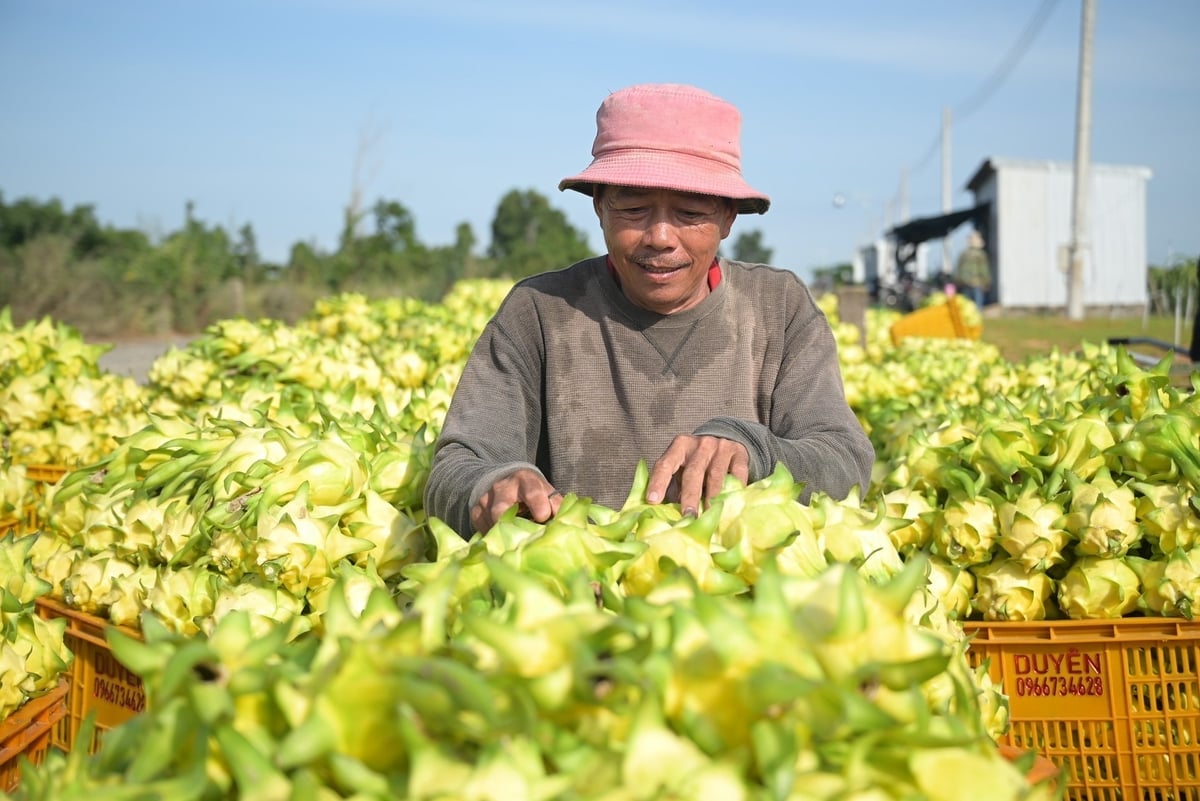
Mr. Bui Minh Cong in village 7, Ham Thuan commune, Lam Dong said that farming now relies not only on experience but also on data. Reducing emissions helps gardens become more sustainable and opens the door to demanding markets. Photo: Pham Hoai.
The opportunity came when he participated in a program supporting the conversion to energy-saving 9W LED lights implemented by UNDP. By replacing the entire lighting system, electricity consumption was reduced by more than 55% compared to compact lights, to about 1,300 kWh/ha per crop. Not only reducing costs, LED lights also help dragon fruit flower more evenly, have a high fruit set rate and consistent fruit quality.
In addition, Mr. Cong invested in a drip irrigation system, applied soluble fertilizers and applied integrated pest management, reducing the use of chemical fertilizers. All stages are recorded according to VietGAP standards, helping to control emissions and optimize input.
“Farming now relies not only on experience but also on data. Reducing emissions makes gardens more sustainable and opens doors to demanding markets,” Cong said.
The effectiveness and challenges of the emission reduction model
A representative of a dragon fruit purchasing agency in the Ham Thuan area said that dragon fruit shipments produced in a way that reduces emissions from Lam Dong are increasingly popular in the market. According to this person, dragon fruit grown according to emission reduction processes, such as using energy-saving LED lights, drip irrigation, reasonable fertilization and limiting pesticides, not only have consistent quality but also preserve better when transported over long distances.
“We are willing to pay a higher price of 1,000-2,000 VND per kilogram for these dragon fruit batches, because the products are stable, have beautiful designs, meet export standards, and long-term contracts are less risky than regular products. This also helps farmers feel secure in applying green and sustainable farming methods, while improving the competitiveness of Lam Dong dragon fruit in the domestic and international markets,” a dragon fruit purchasing agent shared.

Dragon fruit grown using emission reduction processes, such as using energy-saving LED lights, drip irrigation, proper fertilization and limited pesticides, not only has consistent quality but also preserves better during long-distance transportation. Photo: Phuong Chi.
Lam Dong currently has more than 27,800 hectares of dragon fruit, with an annual output of nearly 600,000 tons, considered a key crop and a “poverty alleviation crop” for the locality. However, the process of cultivating dragon fruit generates large amounts of greenhouse gas emissions, especially during off-season lighting activities.
The use of LED lights has significantly reduced electricity consumption and carbon emissions. Ms. Le Phuong Chi, Director of the Ham Thuan Nam Dragon Fruit Cooperative, said that green dragon fruit production helps increase the value of agricultural products and expand export opportunities to Japan, South Korea and Europe, markets with very high standards on carbon emissions.
However, the model still faces many challenges. The investment costs for LED lighting systems, drip irrigation and monitoring equipment are quite high, which is a barrier for small-scale farmers. The technical infrastructure system in some growing areas is not synchronous, while the work of emission inventory is quite new to most farmers.

Green dragon fruit production helps increase the value of agricultural products and expand export opportunities to Japan, South Korea and Europe – markets with very high standards on carbon emissions. Photo: Pham Hoai.
According to Ms. Cao Thi Thanh, Deputy Director of Lam Dong Department of Industry and Trade, emission inventory is a mandatory requirement in the context of increasingly complex climate change. This is also the foundation for localities to build emission reduction policies and implement the commitment to achieve net zero emissions by 2050.
The province is currently organizing training courses on collecting and processing emission data for professional staff, farmers and businesses to improve the capacity to implement green agriculture models.
Open direction for Lam Dong agriculture to move towards Net Zero
Many experts assess that Lam Dong province has favorable conditions for developing green agriculture: temperate climate, fertile land, and farmers boldly applying new technology. From the “1 must, 6 reductions” model on rice plants to the application of LED lights in dragon fruit cultivation, the locality is proving that reducing emissions can still increase productivity and profits.
Mr. Nguyen Hoai Trung, Deputy Director of Lam Dong Department of Science and Technology, said that low-carbon agriculture is an opportunity for the locality to pioneer in building a green agricultural ecosystem. “In the coming time, the Department will continue to accompany farmers, cooperatives and businesses, making science and technology a key driving force for a circular economy and sustainable rural areas.”
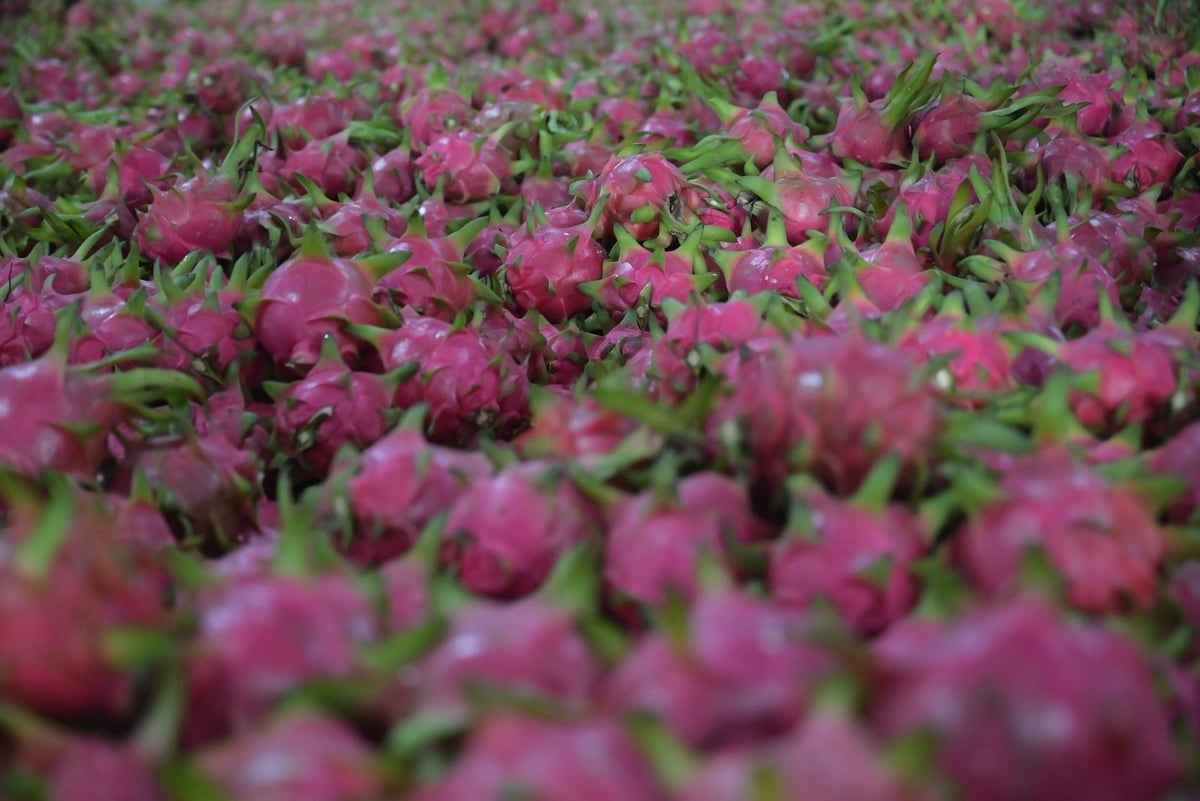
To achieve the Net Zero target, Lam Dong needs to expand green credit policies, encourage businesses to invest in clean agriculture, and upgrade infrastructure to serve production. Photo: Pham Hoai.
To achieve the Net Zero target, Lam Dong needs to expand green credit policies, encourage businesses to invest in clean agriculture, and upgrade infrastructure to serve production. When support mechanisms are implemented synchronously, models like Mr. Thanh’s dragon fruit garden will no longer be isolated but will become the mainstream.
From the story of Lam Dong farmers, it can be seen that emission-reducing agriculture is no longer an option but has become an inevitable path. Each green dragon fruit model not only contributes to environmental protection, but also enhances the competitiveness of Vietnamese agricultural products, creating a foundation for the locality to move closer to the goal of Net Zero agriculture.
Source: https://nongnghiepmoitruong.vn/thanh-long-lam-dong-huong-toi-giam-phat-thai-d786522.html











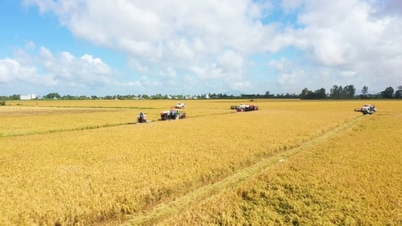


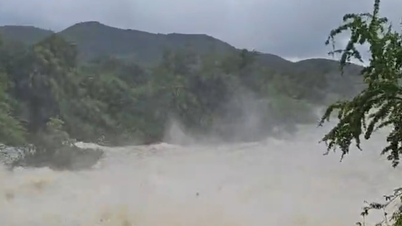


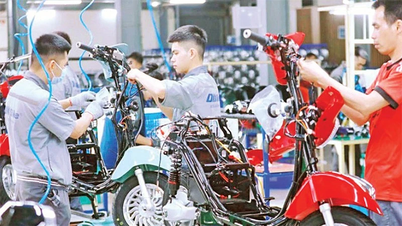
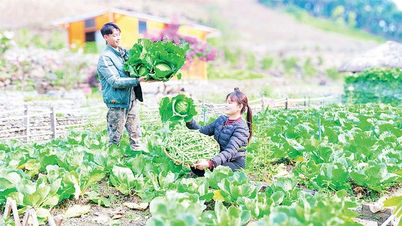
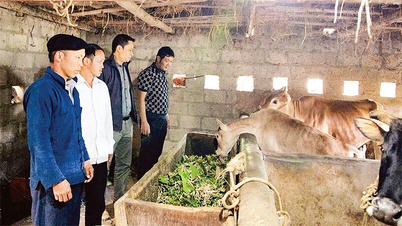
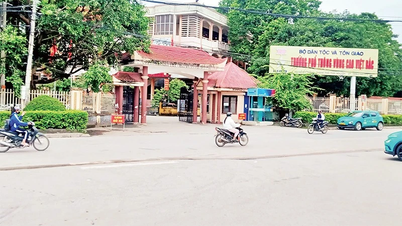





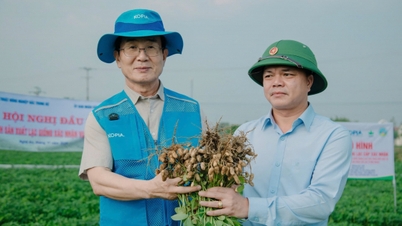

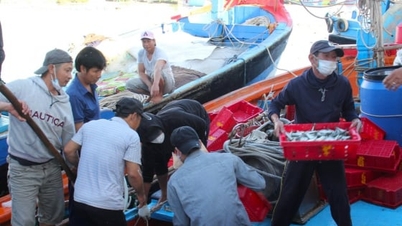

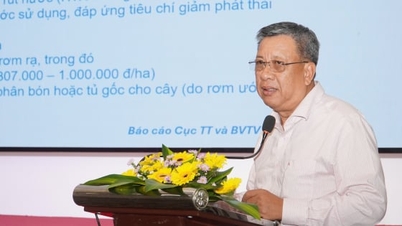
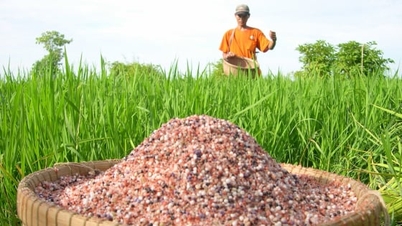




































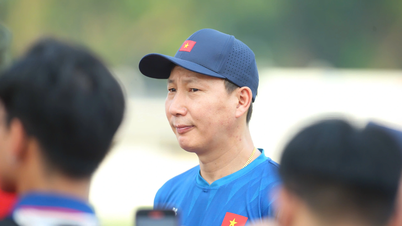








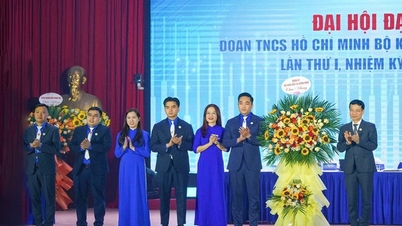

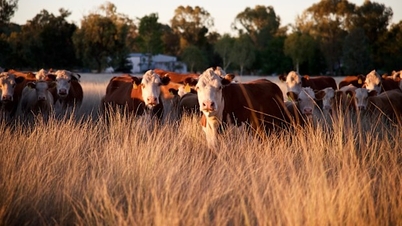


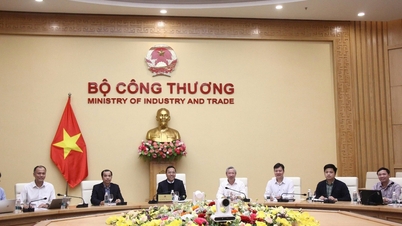






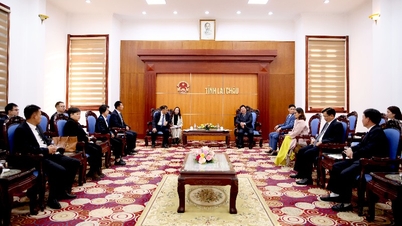

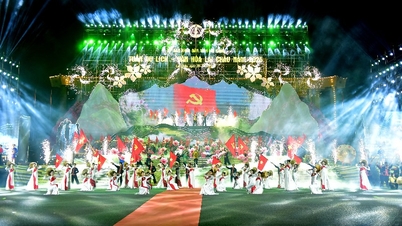


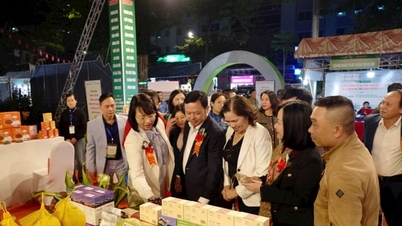
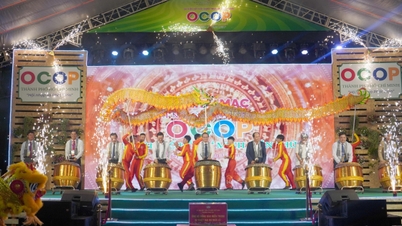










Comment (0)